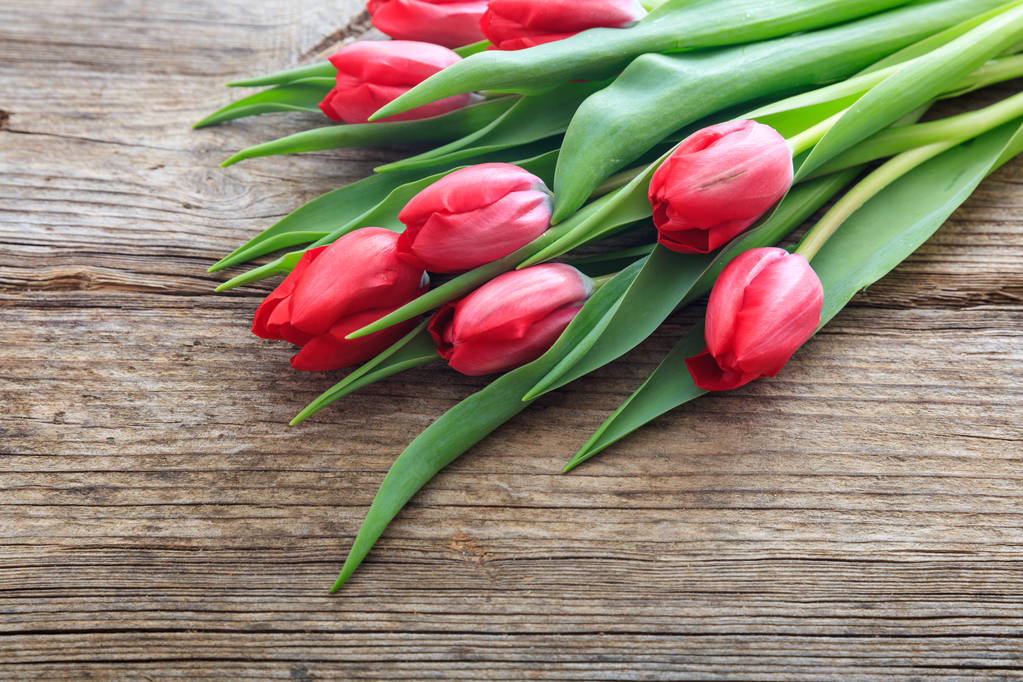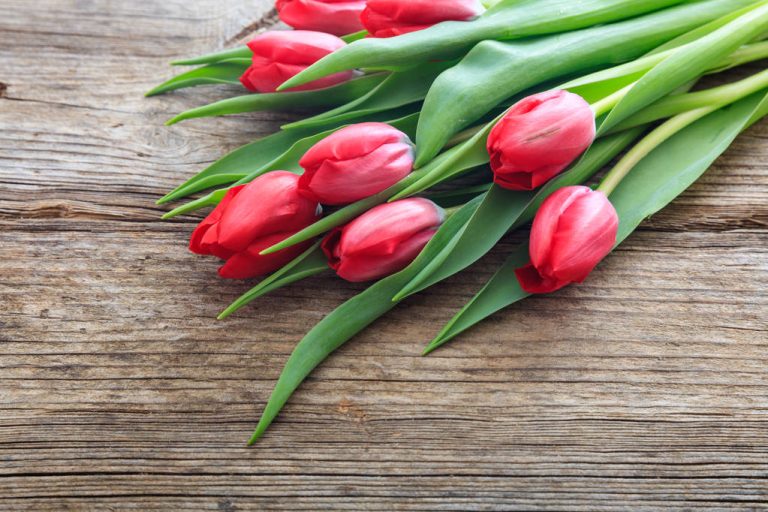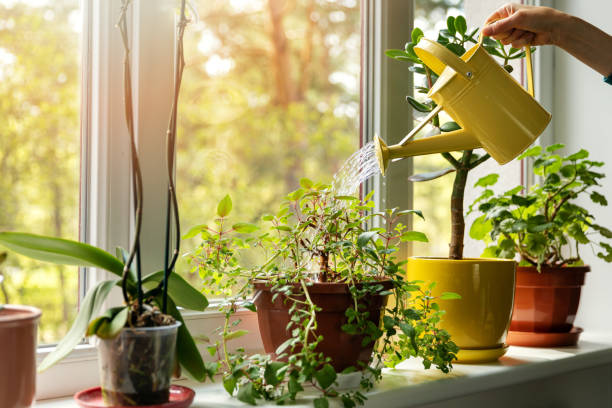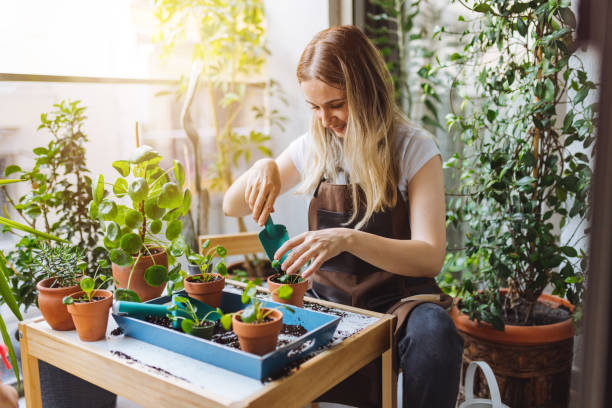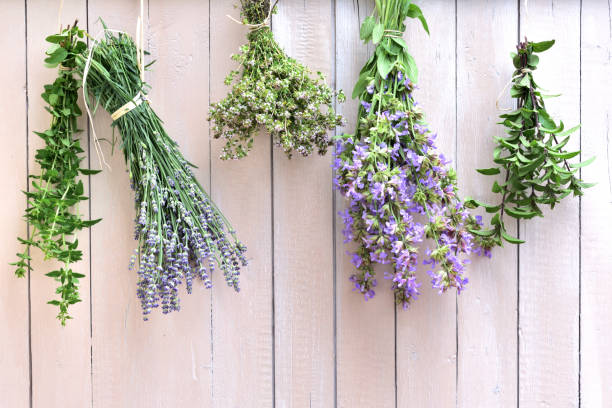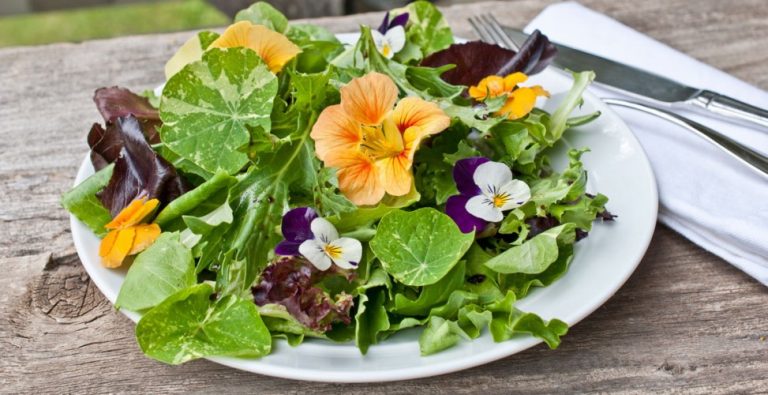Edible flowers and blossoms are real eye-catchers in your garden and on your balcony. And in terms of taste, they are an enrichment for summer salads, desserts and much more.
In the vegetable garden, edible flowers mixed with vegetables can also be very useful!
Which flowers and blossoms are edible?

Some flowers of vegetables and herbs are perfectly edible. Nevertheless, you should be very sure before consuming it, as there are also inedible and even poisonous flowers. We have created an overview of the edible vegetable blossoms, flowers and herb blossoms.
When harvesting flowers and blossoms, be careful not to let them fall off the side of the road as this is a popular dog litter box. Growing the flowers yourself also ensures that no pesticides have been used.
Grow edible flowers and blossoms in your own garden
You can grow edible flowers in the vegetable patch, on the windowsill or on the balcony. There are great seed mixtures of different edible varieties or you can choose your favorite varieties, such as the spicy nasturtium or the radiant cornflower for sowing.
Most edible flowers are annuals and, depending on the variety, are sown directly into the bed by the end of April or even by mid-May. You can find the exact sowing times on the packaging of the seeds.
Edible herbal flowers
The flowers of all edible herbs are also edible. Herbs are propagated by cuttings, which requires a little patience. It is best to buy an organic herb pot from a retailer and divide it among your beds. Herbs are theoretically perennial, but do not survive the cold temperatures well. In winter you can overwinter them indoors as a whole plant or just keep a few cuttings for next season.
Try the flowers of chives, borage and oregano. These are especially delicious!
Edible vegetable flowers
You probably figured it out: Most of the flowers from your home-grown vegetables in the garden are also edible. But beware! There are a few toxic exceptions that you should never eat: Potatoes, eggplant, and all bean blossoms shouldn’t be on the menu. You should keep your hands off that.
Other flowers such as squash or zucchini flowers are edible. This knowledge is particularly helpful in the high season of the zucchini harvest. Make processing easier for yourself by not letting a few zucchini grow at all, but harvesting the flower directly. They are delicious baked and out of the oven.
The flowers of fennel are also typical edible flowers that are often dried and made into tea.
Edible flowers in the vegetable patch
Planting flowers in your vegetable patch is always a good idea. With their bright colors and scent, they attract beneficial insects that will help you pollinate your vegetables. The strong scent clouds also deter pests.
The mixed culture of vegetables and flowers requires a little more space, but it looks good and tastes good.
Our top 3 mixed cultures of vegetables and edible flowers:
Borage and pumpkin or zucchini plants
Marigolds and tomatoes
Nasturtium and potatoes (never nasturtium and cabbage)
Harvest edible flowers and blossoms correctly
You should harvest edible flowers and blossoms in the morning and when they are fresh. So the highest content of essential oils is still contained in the plant. Shake the flowers briefly so insects can fall out. The flowers only have to be washed off if they are heavily soiled. Plants stay fresh in a glass of water.
Growing your own is the safest, as the plants have not been sprayed and are safe to eat.
Nutrients of the flowers
Edible flowers and blossoms are high in essential oils. These oils are used in medicine to treat various ailments.
Here some examples:
Rose against wounds and minor burns
Nasturtium (mustard glycosides) has an antibiotic effect
Daisies purify blood, purify the liver, against rheumatism and skin ailments
Elderberry anti-inflammatory and antibiotic, expectorant, antipyretic, diuretic, anti-rheumatic
Preserve edible flowers
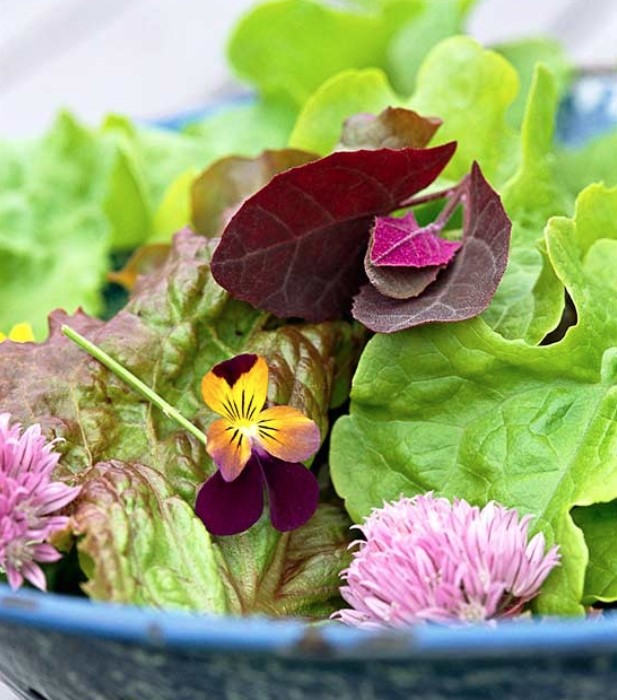
There are many ways to process the colorful flowers and use them decoratively. Some like nasturtium and marigold are more suitable for savory dishes. Others, such as rose petals or lavender, are good in sweet desserts or as blossom sugar.
We know flowers like chamomile traditionally as dried tea. But fresh blossoms in bread dough, as colorful herb butter or cooked as jelly refine your dishes.
